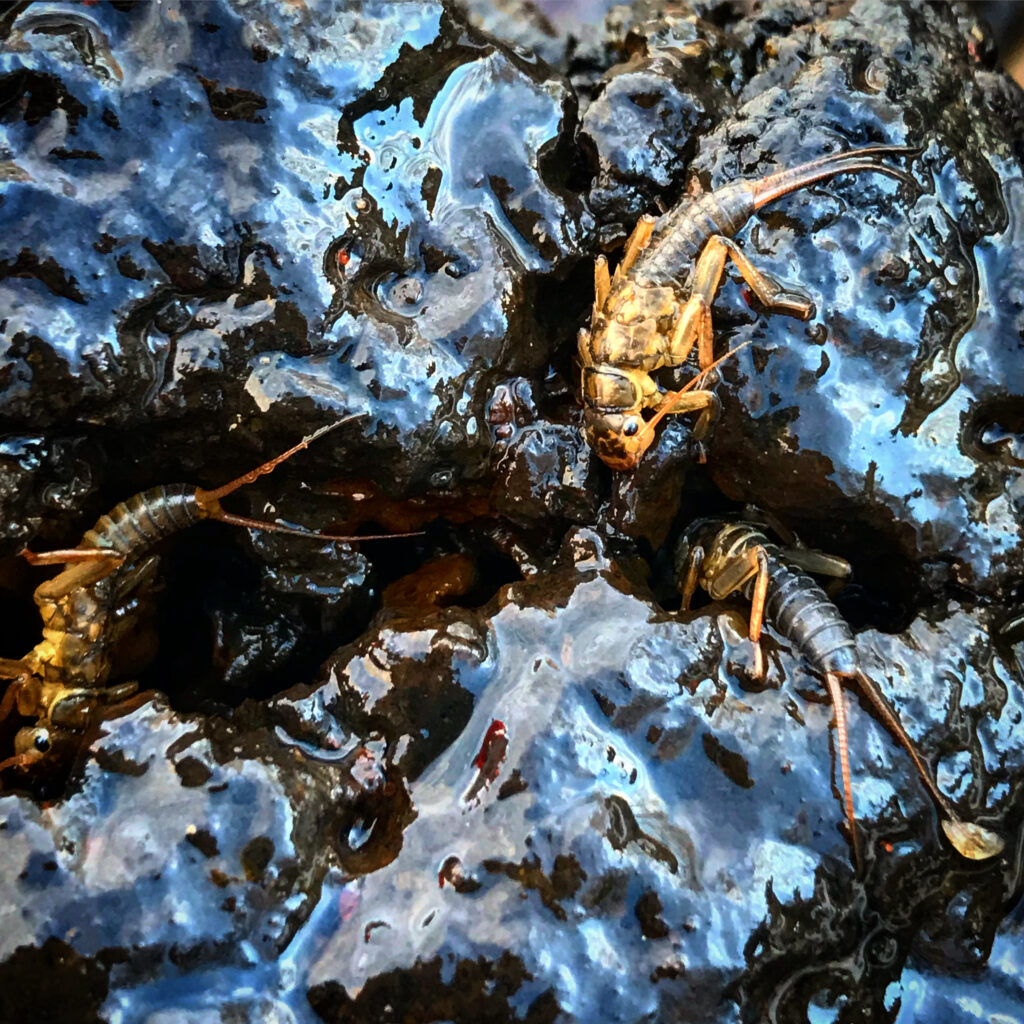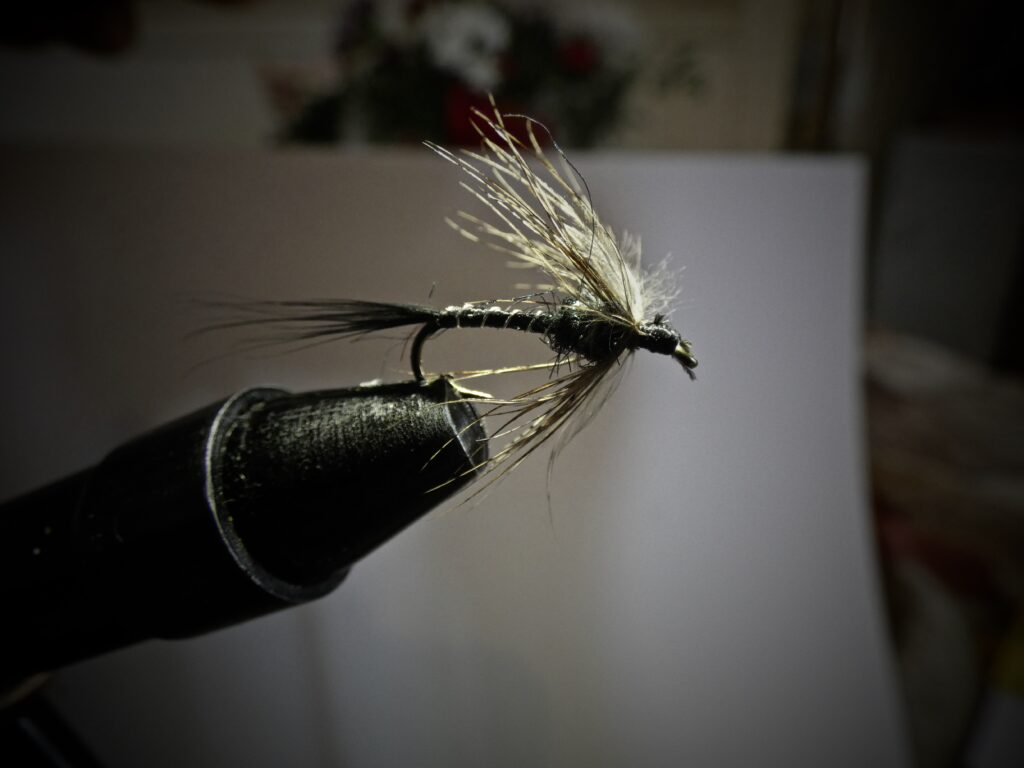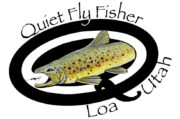
The Age Old Question.
There is one question I am asked more often by more anglers than any other, whether in the fly shop or on the phone. It seems like a simple enough question, at least to the one asking it: “What flies should I use?”
The answer is not as simple as you may think.
My reply almost always begins with a question of my own: “Well . . . where are you headed?” Silence usually takes hold for several seconds–sometimes longer. Long enough, I suspect, for the caller to glance at his or her fishing partner and decide if they can trust me with knowledge of their secret fishing spot.
Fishing Locations Matter when selecting fly choice.
Fly choice always depends on where you plan to fish. Obvious, Right? Yes, obvious–but not necessarily for the reasons you may think.
Here’s why.
You might expect that I will begin to explain that water A has different bugs than water B, so a fly that fish eat in water A likely won’t be as effective in water B. But you probably already know that—it’s pretty much undergraduate stuff, Angling 101. Let’s take a look at the syllabus for a more advanced graduate degree.
Welcome to Angling 400, Advanced Fly Selection. In this course, we will consider an important but sometimes overlooked influence on flies followed and flies swallowed.
Water Pressure
We are not talking about your new low flow shower heads here people.

We are talking about the amount of fishing pressure applied by you and other anglers.
Many of us have been blessed with the experience of stumbling across a rarely fished water, or timing a trip perfectly to find a water recently stocked with inexperienced hatchery fish, and have had the resident fish eagerly take almost any fly we threw their way. And–undergraduates that we were–we enthusiastically accepted the seemingly obvious conclusion: “I’m the greatest fisher in the world!”
But reality has a nasty habit of deflating enthusiasm. As more and more people fish a particular water, several things happen, each doing its part to remind us that “greatest” is a relative and temporary term, especially when applied to anglers.
- Fish that exhibit certain behaviors are caught, kept, and cooked, or whatever, thus removing them from the equation. or…
- Because only you and your “catch and release crew” fish this spot. the fishes very behavior changes.
Because Science Said so
You don’t just have to believe me, I’ve scientists for that. In a study done by researchers in Norway, it was found that, fish preferentially avoided the same lures. I’ve often noticed this from personal experience as well. Picture a Trico hatch and a Brown trout feeding with regular consistency. After I hooked that beauty with my Griffith gnat, it continued to feed but it showed no more interest in that fly. When I changed to a to a different pattern, I was immediately rewarded with another rise. I guided two other fishermen to that same fish over the remaining week of the hatch, and the pattern continued. Once a fly was hit–with an unpleasant (from the perspective of the fish, of course) result–it was removed from the menu for some time.

“Let me explain… No, there is too much. Let me sum up.”
The more often a water is fished the more likely that the behavior of the fish will change.

It means that that when you “killed it” last month on a yellow Sallie, you can just about guarantee that hatch is over and you will likely need to try something else. Right?
Wrong!!! it just might be that another angler has fished that spot five times each day since you left! And chances are that they also fished a yellow Sallie, and that fish has decided that bad things happen when it feeds in that location on yellow Sallies.
So what Flies then?
It all comes back to “well where are you headed?” if you’re headed to a water that is heavily pressured, you might want to try something new, or something different. Perhaps it might be as simple as fishing the faster water instead of the pools, fish deeper instead of on the surface; anything to crack the code of fish behavior on that particular water.
One thing is for certain; the fish have got to be eating! It’s your job to figure out the what, the when, and the where. A good fly shop or guide will have done some of this leg work for you, and can share the information and flies you need to be successful on that particular water, and not just sell you another handful of yellow Sallies.
And then, when you realize that fishing requires a bit of problem solving, trial and error, intuition–whatever you might want to call it–you can (sometimes) with some justification call yourself a great angler, knowing that the fish will continue to do what they can to contradict that conclusion.

If all this still left you with some confusion…. we suggest a size 14 sparkle caddis pupae.
